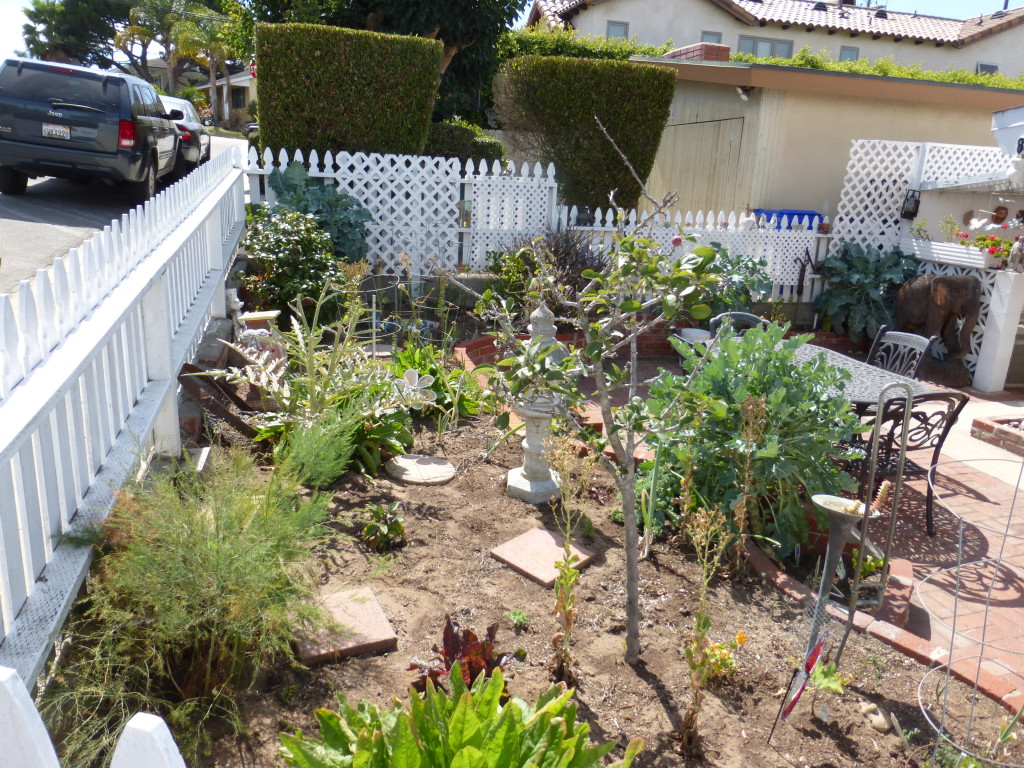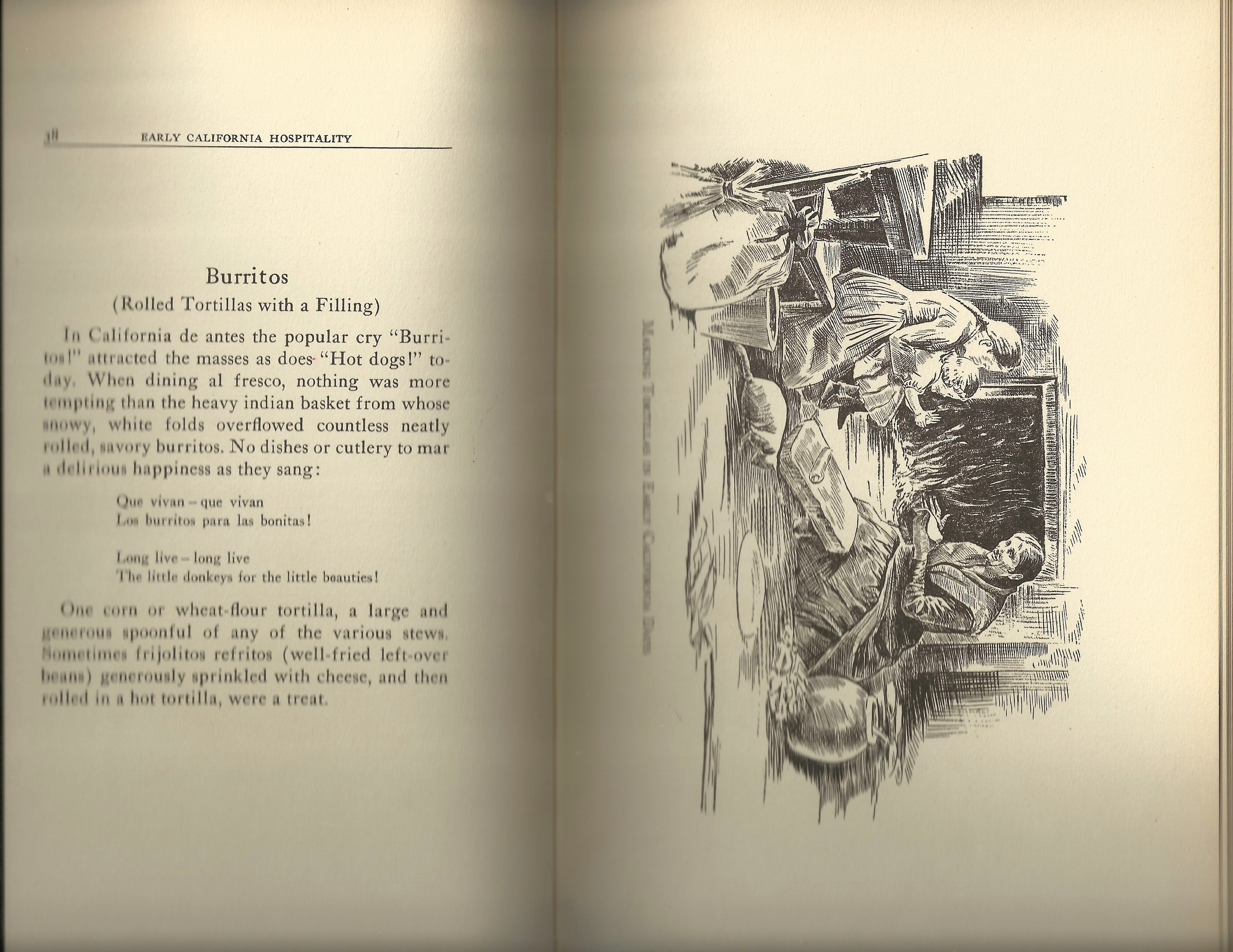There’s a stereotype of a historian as someone who spends their lives in archives and libraries, prowling through stacks of tattered manuscripts for a previously unseen description of some famous event. That’s not a hundred percent wrong – if a researcher doesn’t feel a certain thrill when finding some obscure primary source, they’re probably in the wrong business. Archives are far from the only resource, though, and many historians write with personal experience of the subjects of their study.
This might mean that a scholar who focuses on the Napoleonic Wars has taken a long hike carrying a pack, cartridge bandolier, and rifle, so that they can appreciate the lives of French soldiers who marched for hundreds of miles through wilderness on their way to invade Russia. They don’t necessarily have to do it in subzero weather to get an idea of what it was like on the way back from Moscow, though I’m sure it would help make their writing on the subject more vivid.
More to the point of my own studies, I’d like to see that Napoleonic historian get together with a group of friends and try making a meal using pots and utensils that they had carried all day. To do it right they should incorporate ingredients that they had foraged, and do their cooking over a fire of green wood that they lit using flint and tinder. A military historian who recreates cooking while on campaign will understand what it meant when so many of the Grand Armee’s wagons were lost while crossing rivers. Not only were the rations lost, but the pots to cook them and the dry fuel. Veterans would have known instantly that food was going to be a problem, and soon.
This isn’t limited to military history, or to food. I have great respect for historians like Elizabeth Wayland Barber, who learned a variety of Neolithic skills so she could write “Women’s Work: The First 10,000 Years.” Her knowledge of spinning and weaving allowed her to identify tools that had puzzled male archaeologists. The shipwrights at Roskilde Fjord in Denmark who built and sailed ships exactly like the Viking knarrs they were excavating learned a lot more than just boatbuilding and sailing. They discovered the actual cargo capacity of those vessels, the speed of nautical trade in the era, and much more.
My own studies of history have been informed by the time spent in my garden and kitchen, and I have joined a forager to find food in a forest in which I would have starved. When cooking I usually allow myself the use of modern technology like a stove and refrigerator, but try to keep those advantages in mind when coming to conclusions. I have been known to grind my wheat for bread by hand, use a mortar and pestle instead of a spice mill, and hand-chop large quantities of vegetables just to learn how long it takes, all of which have given me a new appreciation of my food processor and stand mixer. I have a tripod and chains that hold a cookpot over the fire pit in the back yard, and on a larger scale have helped another historian pit roast whole sides of beef for a party of 120 people.
As for ingredients, at the moment I am growing tomatoes, onions, garlic chives, chard, beets, kale, sorrel, asparagus, eggplant, celery, asparagus, Jamaican tree spinach, radishes, melons, tea geranium, strawberries, oregano, rosemary, two types of basil, and mint. This is along with my apple, lemon, avocado, and orange trees and two types of grapevines, and I’m clearing space for more trees.

No, I do not expect the trombone to produce little trombone seedlings. Thanks for asking. This isn’t all of it, but it’s all I can get in one shot.
I have learned much from the growing and the eating, and have developed great respect for anyone who manages to live on what they grow. I know the anguish when an unexpected cold snap or sudden unseasonable rains destroy a whole area of seedlings. I can only imagine what it would be like if the sight of those lost plants meant I knew that I’d go hungry later, instead of having to spend a little more money at the store.
How long could I last eating just what I grow? Not long. My yard is small, my skills at gardening and harvesting those of an amateur. I am content that there is something from my yard in almost every meal I create, and that my guests can enjoy the flavors of the very freshest produce. I don’t expect to need most of the skills I have learned to survive, but learning them has made me just a bit better at what I do.

